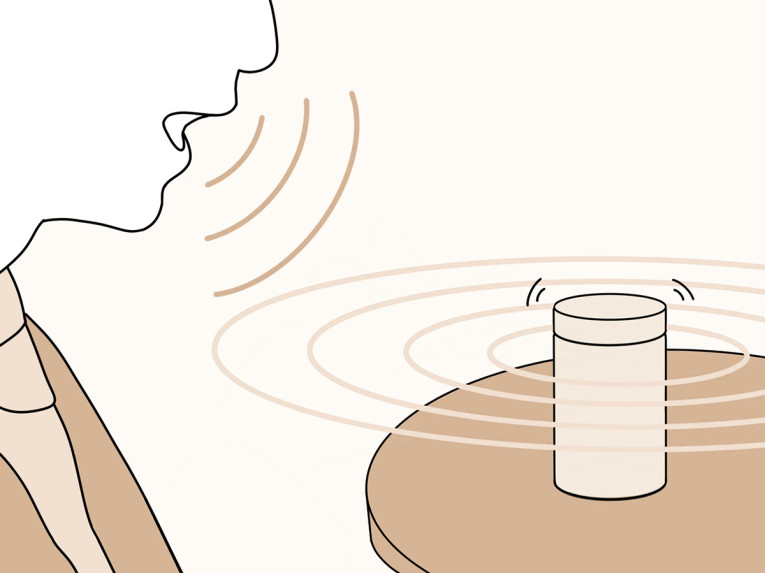
The conclusions can be found in a new ABI Research white paper that identifies the short-and long-term impacts the global pandemic will have on the Smart Home, the use of voice assistants and voice interfaces in general.
“A smarter home can be a safer home,” says Jonathan Collins, Research Director at ABI Research. Key among the recommendations regarding COVID-19 protection in the home is to clean and disinfect high-touch surfaces daily in household common areas (e.g., tables, hard-backed chairs, doorknobs, light switches, remotes, handles, desks, toilets, sinks). “Voice has already made significant inroads into the smart home space and voice control can mean avoiding commonly touched surfaces around the home from smartphones, to TV remotes, light switches, thermostats, door handles and more. Voice can also be leveraged for online shopping and information gathering.”
But it is in conjunction with other smart home devices that voice brings greater benefits. Voice can be leveraged to control and monitor smart locks to enable deliveries to be placed in the home or another secure location directly, or monitored securely on the doorstep until the resident can bring them in. Similarly, and smart doorbells/video cameras can also ensure deliveries are received securely without the need for face-to-face interaction or exposure. “Such delivery capabilities are especially valuable for those already in-home quarantine or for those receiving home testing kits,” explains Collins.
“In the long term, voice control will continue be the Trojan horse of smart home adoption. COVID-19 is part of the additional motivation and incentive for voice control in the home that will help drive awareness and adoption for a range of additional smart home devices and applications,” Collins says. Greater emphasis and understanding, and above all, a change of habit and experience in moving away from physical actuation toward using voice in the home will support greater smart home expansion throughout individual homes. A greater emphasis on online shopping and delivery will also drive smart home device adoption to ensure those deliveries are securely delivered.
Precautions for COVID-19 will bring new routines into many millions of people’s daily lives in and around their homes. “Smart home vendors and system providers can certainly emphasize the role of voice and other smart home implementations to improve the day-to-day routines within a home and the ability to minimize contact with shared surfaces, as well as securing and automating home deliveries. There is role for integrating smart home monitoring and remote health monitoring with a range of features, such as collecting personal health data points (temperature, activity, heart rate) alongside environmental data (air quality or occupancy) to help in the wider response and engagement for smart city health management,” Collins recommends.

For a clearer picture of the current and future ramifications of COVID-19 across technologies and verticals, including Smart Home, ABI Research offers a free whitepaper Taking Stock of COVID-19: The Short- and Long-Term Ramifications on Technology and End Markets.
www.abiresearch.com






